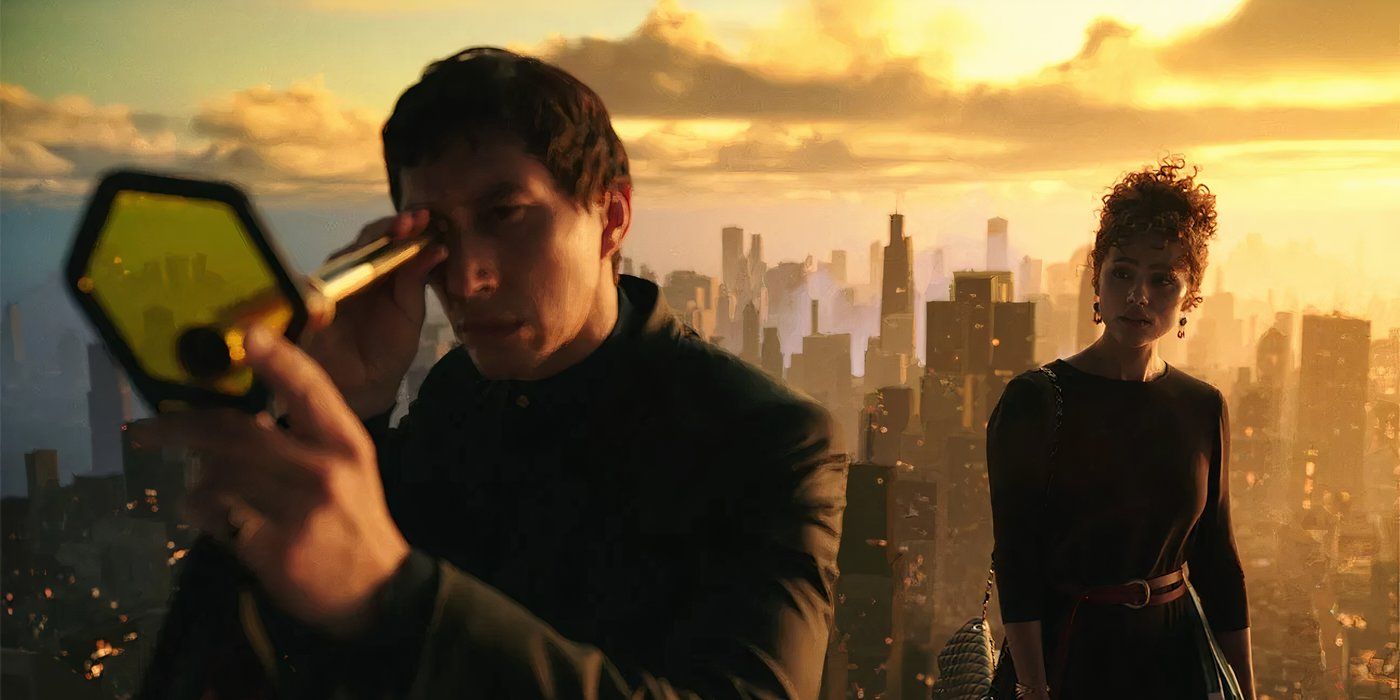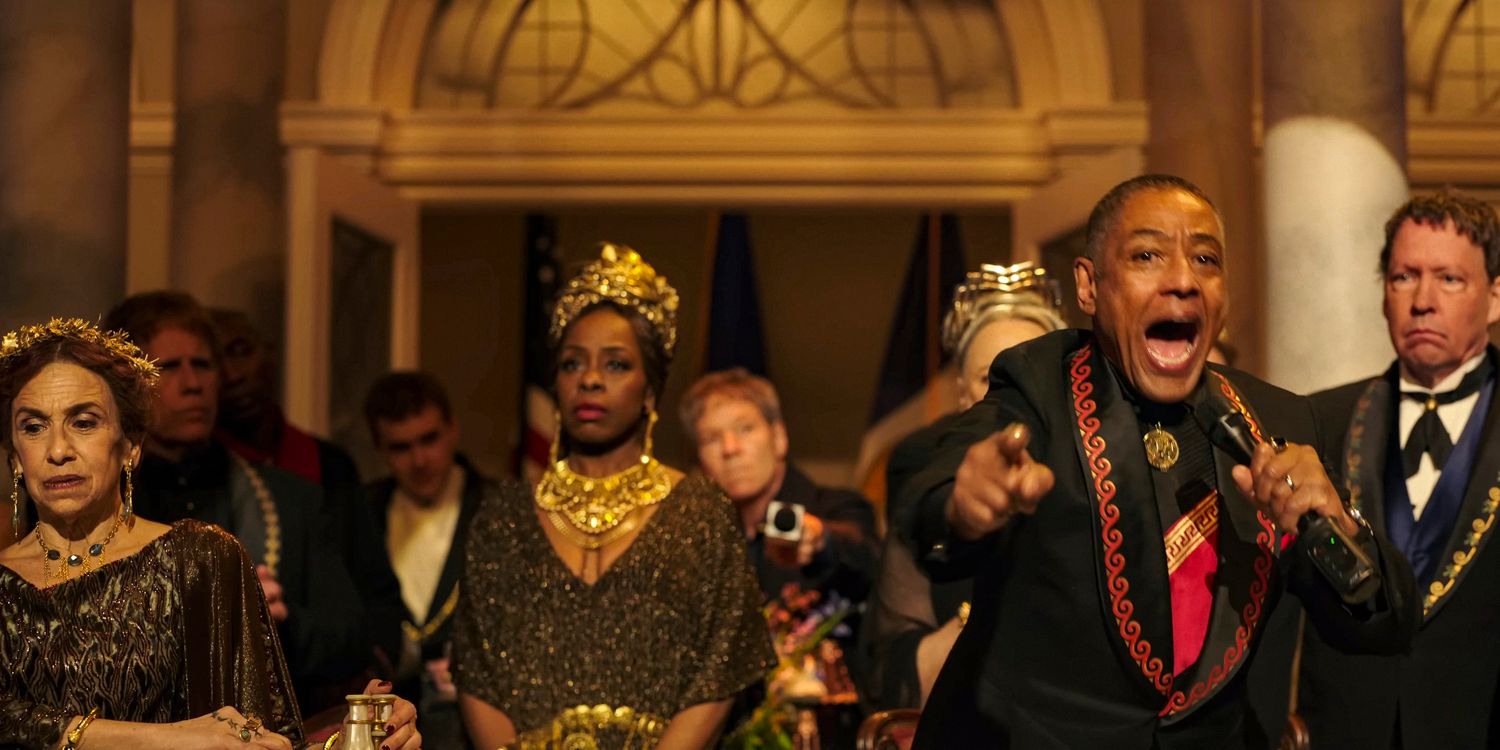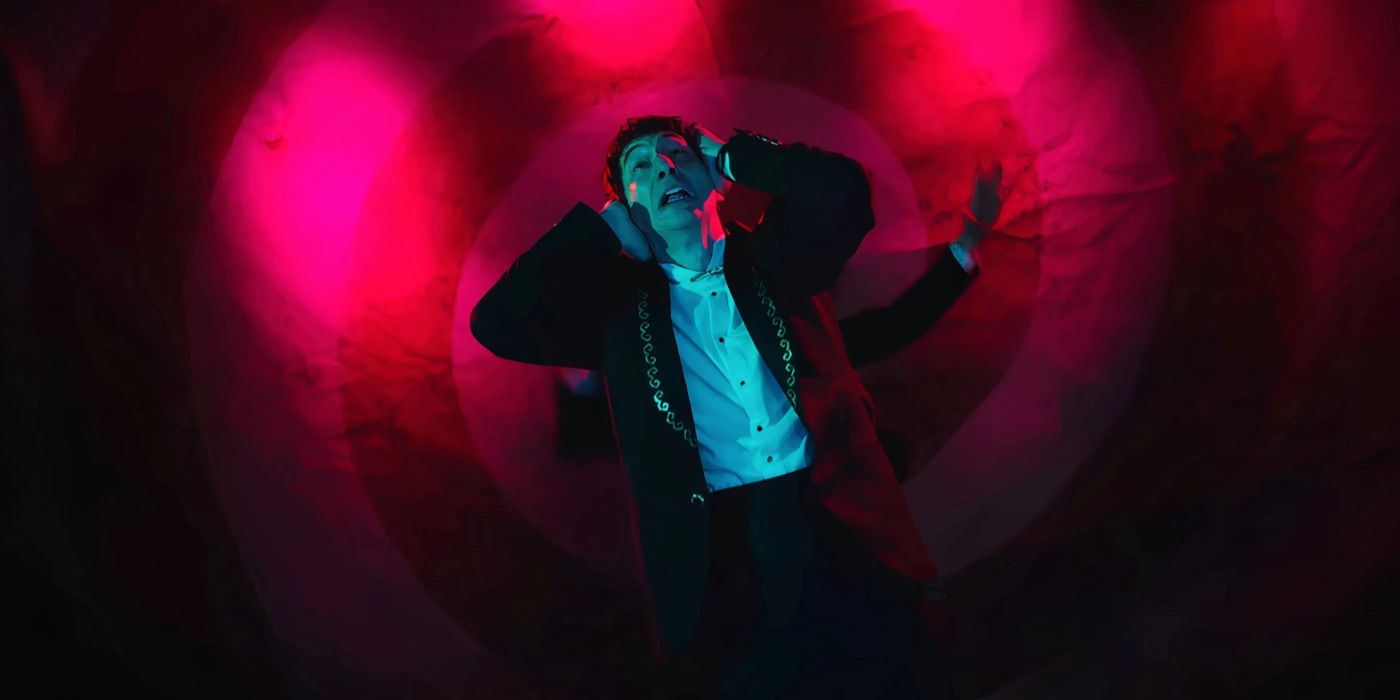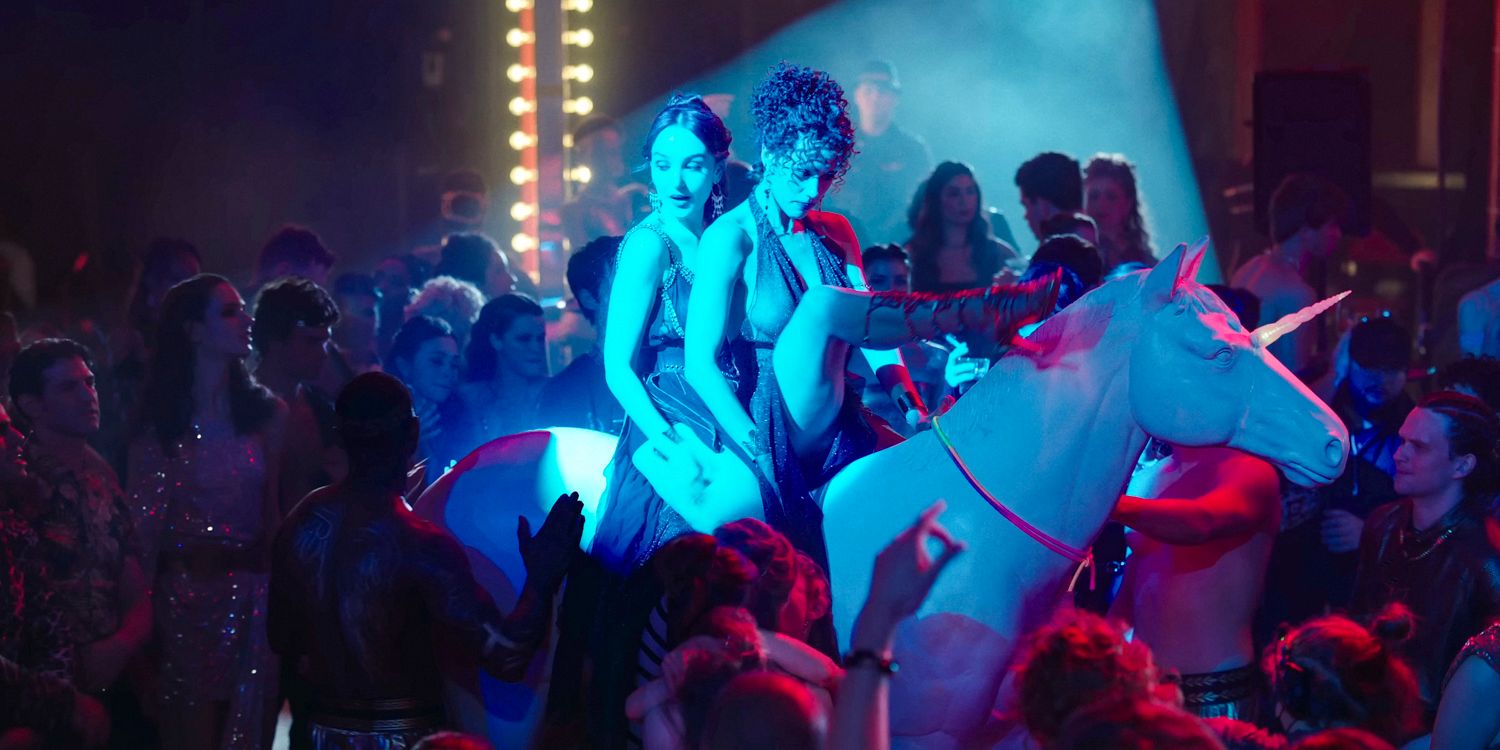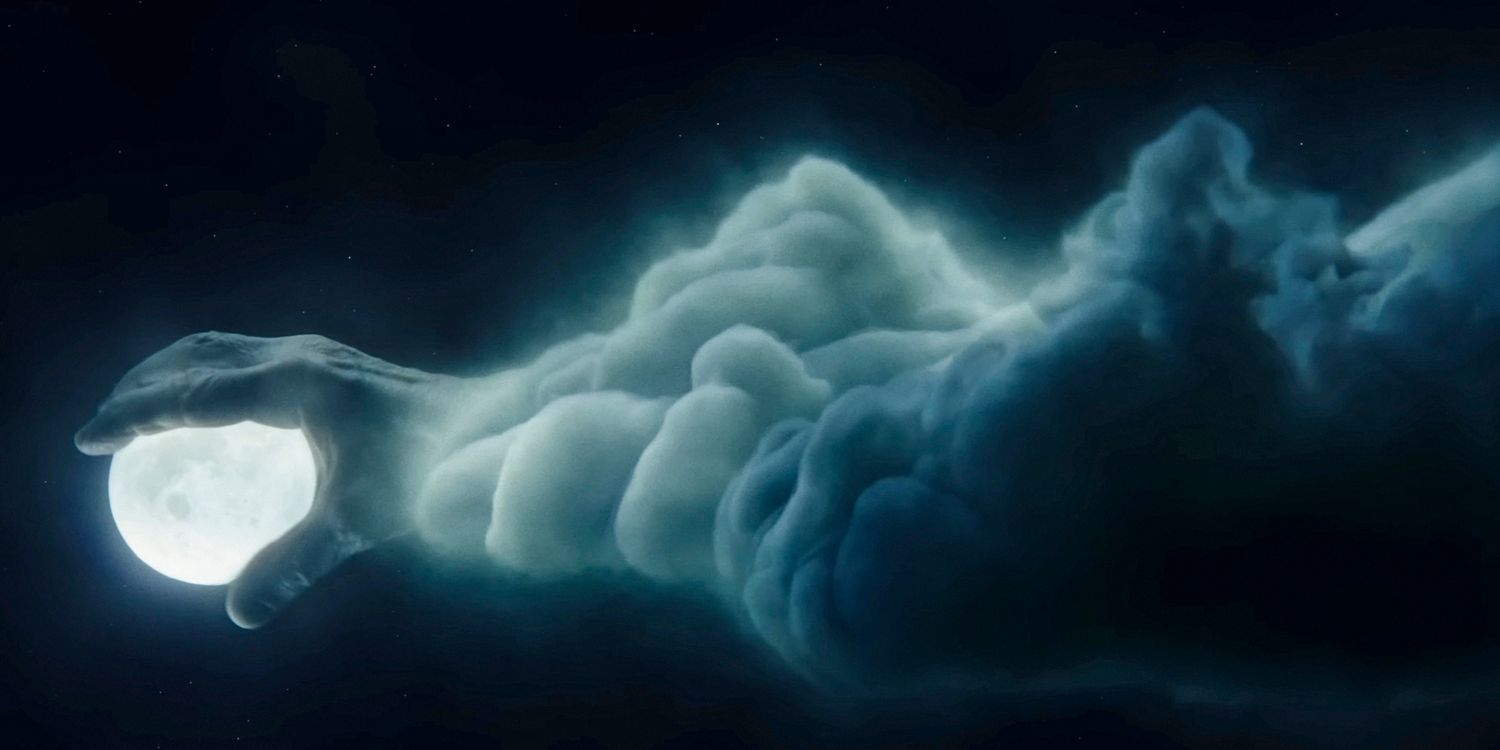Summary
- Critics remain divided on Coppola’s sci-fi epic Megalopolis, with its unconventional style and ambitious scope causing conflicting reactions.
- Megalopolis, viewed by many as Coppola’s defining work, faces high expectations due to his 40-year struggle to bring the project to life.
- The film’s unique blend of genres and unconventional storytelling has made it hard for critics to categorize and assess, leading to polarizing reviews.
Reviews for Francis Ford Coppola’s long-gestating Megalopolis have come out of Cannes, but critics can’t agree on what to make of the sci-fi epic. Much has been written about how the idea for Megalopolis has been evolving in Coppola’s mind since at least the 1980s, and this has contributed to a lot of buzz for the film as it finally springs forth into the light of day. However, Megalopolis has confounded critics after initial screenings.
Megalopolis stars Adam Driver as an architect seeking to rebuild the fictional city of New Rome into a utopia following a catastrophe. This description only captures a sliver of the film’s scope, as many critics have been more drawn to its style than its plot. There are many conflicting and controversial elements to Megalopolis, and the film has proven to be a Rorschach test among critics, with different reviews providing completely different pictures.
Megalopolis
does not yet have an American distributor or a release date.
10 Francis Ford Coppola’s Reputation Hangs Over The Movie
Megalopolis is being viewed as the defining work of a cinematic genius
Practically every review of Megalopolis has opened with the acknowledgment that Francis Ford Coppola spent 40 years of his life desperately trying to get it made. Eventually, he decided to sell one of his beloved vinyards to raise the $120 million he needed to finance the project himself. His dedication to the project has caused many critics to view Megalopolis as his most essential artistic work.
The idea that this is the definitive masterpiece of the director behind
The Godfather
and
Apocalypse Now
has created impossibly high expectations.
Coppola’s struggles with making Megalopolis are a feature of every review that has come out of Cannes. It seems impossible to split the content of the movie from the unusual story of its creation. Also, the idea that this is the definitive masterpiece of the director behind The Godfather and Apocalypse Now has created impossibly high expectations. To live up to its billing, Megalopolis must be better than those movies, often considered among the best in history.
9 Some Critics Have Interpreted Megalopolis As A Film About Filmmaking
Adam Driver’s character could be a stand-in for Coppola himself
Because Megalopolis is being touted as Francis Ford Coppola’s magnum opus, many critics are interpreting it as his most personal film. It can be difficult to cut through the noise and discover what Megalopolis is actually about, but there are elements of the plot which seem to serve as metaphors for the process of filmmaking. Megalopolis could be Coppola’s unusual self-portrait, told in his own distinct voice.
Adam Driver plays an architect with a vision for a utopian future. In this way, his role could be representative of Coppola, who also crafts his own worlds according to an unflinching vision.
Adam Driver plays an architect with a vision for a utopian future. In this way, his role could be representative of Coppola, who also crafts his own worlds according to an unflinching vision. In a review for IGN, Siddhant Adlakha writes that Coppola uses his protagonist as an analogue for his “idealistic pursuit of untested, alternative, and/or better methods of filmmaking.” There have been many great films about filmmaking, but such a self-referential allegorical tale could be seen as a let-down when considering Megalopolis‘ grand promise.
8 The Behind-The-Scenes Drama Has Colored Perceptions Of Megalopolis
Audiences may struggle to watch Megalopolis without thinking about certain allegations
As well as Francis Ford Coppola’s well-documented fight to complete Megalopolis, criticism of the movie has also been influenced by a recent report of misconduct during filming. The Megalopolis behind-the-scenes drama has not yet been proven, but even the existence of the allegations could sway some critical opinions of the sci-fi epic. For a movie with so many other preconceptions, the report is the last thing Megalopolis needed.
It remains to be seen whether the report, which alleges that Coppola mistreated extras on set and held up production for hours while he sat in his trailer smoking, will impact
Megalopolis
‘ commercial viability.
It remains to be seen whether the report, which alleges that Coppola mistreated extras on set and held up production for hours while he sat in his trailer smoking, will impact Megalopolis‘ commercial viability. Either way, it’s another unnecessary distraction that feeds into the context surrounding the movie, without having any direct bearing on the movie itself. It’s one more reason why audiences and critics might find it hard to approach Megalopolis on its own terms.
7 Megalopolis Strikes An Uneven Tone
Some critics have been awe-struck, while others have laughed
With its grand scope and its sense of prestige, Megalopolis looks like a sci-fi epic with its eyes on the uncertain future of humanity. But the full picture may not be so straightforward. Several reviews have cited the film’s uneven tone. According to critics, Megalopolis is somber and portentous at times, but there are other moments which provide unexpected levity.
The inconsistent tone is one element of a broader criticism of
Megalopolis,
which is that Francis Ford Coppola’s film refuses to bend to the conventions of cinema.
The inconsistent tone is one element of a broader criticism of Megalopolis, which is that Francis Ford Coppola’s film refuses to bend to the conventions of cinema. Instead, it tries to reinvent them and force the audiences to do the legwork. Megalopolis doesn’t seem like the kind of movie that audiences will get away with devoting half of their attention to. The unusual tonal shifts may be a feature, not a bug.
6 The Performances Have Split Opinion
Megalopolis boasts an impressive cast, but critics disagree on the acting
Adam Driver leads the cast of Megalopolis, but he is far from the only star in Francis Ford Coppola’s epic, as the veteran director gets reacquainted with some of his old collaborators. One of Megalopolis‘ most surprising casting choices was Shia LaBeouf. The Transformers star has had an unusual career progression, but many of his performances have been met with harsh criticism. LaBeouf never plays it safe, and this may explain why Coppola opted for him.
Positive reviews have been much kinder to the actors, which suggests that their performances are expressive of
Megalopolis
‘ style.
Chase Hutchinson writes for Collider that Adam Driver “vacillates between sleepwalking and shouting his way through scenes.” Many reviews have been equally critical of the rest of the cast, including LaBeof, Audrey Plaza, Giancarlo Esposito and Laurence Fishburne. However, such a fine list of actors are unlikely to all simultaneously miss the mark, especially under the guidance of such an experienced director. Positive reviews have been much kinder to the actors, which suggests that their performances are expressive of Megalopolis‘ style.
5 Megalopolis Is Proving To Be Hard To Categorize
Critics have found it hard to assess Megalopolis
Many reviews have pointed to the fact that Megalopolis is quite unlike any other big-budget movie ever made. David Rooney writes for The Hollywood Reporter that Megalopolis is “part political drama, part arty sci-fi, part romance and even part screwball comedy.” This means that different critics may be assessing the movie using very different metrics, rather than evaluating it for what it is.
With such a broad span of conflicting genres,
Megalopolis
is immune to any attempts to understand and analyze it by measuring it up against other, similar movies.
This is no fault of the critics. Filmmakers use genres as a shorthand to communicate ideas and tone. With such a broad span of conflicting genres, Megalopolis is immune to any attempts to understand and analyze it by measuring it up against other, similar movies. Even from a commercial viewpoint, studios have been unsure as to how to market the movie. Megalopolis is set for an IMAX run when it does get released, but it still seems to have a limited appeal compared to other blockbusters.
4 The Visuals Are At Once Grand & Underwhelming
The trailer has given fans a brief glimpse
Fans have been given a preview of Megalopolis from its intriguing trailer, but reviews suggest that these visual wonders are just the tip of the iceberg. Francis Ford Coppola appears to be cramming allusions to the filmmakers that have helped shape his decades-long career into Megalopolis. If it is an allegory for filmmaking after all, then it makes sense that Coppola wants it to overflow with visual wonder.
If
Megalopolis
is an allegory for filmmaking after all, then it makes sense that Coppola wants it to overflow with visual wonder.
Geoffrey MacNab writes for The Independent, “the film’s futuristic cityscape rekindles memories of Fritz Lang’s silent era classic Metropolis, as well as those playfully kitsch fantasies that French film pioneer George Melies used to turn out in the early days of cinema.” However, Coppola’s visual flair hasn’t been universally praised. These myriad influences have also been described as a nauseating whirlwind that assaults the sense, and some harsher reviews have even claimed that Megalopolis looks cheap and flat, which is especially damning for a film with such a publicized high budget.
3 Coppola’s Passion Project Is Hugely Ambitious
Megalopolis has a lot of big ideas, maybe even too many
Whether critics love or hate Megalopolis, and there does seem to be very little in between, they have all noted that Coppola is shooting for the stars. In her review for TIME, Stephanie Zacharek describes Megalopolis as a sort of noble failure. While she notes that there are parts of the movie which don’t work, and some ideas which aren’t fully developed, Zacharek admires Coppola’s gumption in a movie industry that increasingly caters to what fans want to see.
It could well be an antidote to the Hollywood system that sees originality as a risk. On the other hand, some more negative reviews have cited the film’s ambition as a weak point.
Megalopolis is no cookie-cutter story with a thoughtful resolution designed to leave audiences satisfied. By all accounts, this is art that centers the artist, not the consumer. It could well be an antidote to the Hollywood system that sees originality as a risk. On the other hand, some more negative reviews have cited the film’s ambition as a weak point. Megalopolis could be overly ambitious, without the deft hand or the runtime to corral all of its ideas into a sensible package.
2 Megalopolis Breaks The Fourth Wall In The Strangest Way Possible
Megalopolis crosses the line from cinema into theater
There was one moment in the Cannes screening of Megalopolis that stood out more than any other. Almost every review has referenced the moment that an actor stood up from the audience with a microphone in hand and started conversing directly with the characters on screen. Not many critics have had much to say about this other than simply, yes, this actually happened. This event seems to sum up Coppola’s madcap approach with Megalopolis, as he seeks to write his own rulebook.
Almost every review has referenced the moment that an actor stood up from the audience with a microphone in hand and started conversing directly with the characters on screen.
There’s no way of knowing at this early stage how this stunt will work when the film is released to the general public. It seems likely that the theatrical cut will have to exclude this sequence, but this isn’t a certainty. Megalopolis has reportedly been struggling to find an American distributor willing to spend the kind of money on marketing that Coppola wants. This controversial fourth-wall break is another hurdle for any potential distributor, not to mention audiences.
1 Critics Have Attacked Megalopolis’ Lack Of Cohesion
The prevailing impression of Megalopolis is that it is filled with ideas vying for oxygen
Patrice Witherspoon’s Megalopolis review for ScreenRant calls the movie “flashy and polluted with chaos,” and this is one of the more positive write-ups. Words like “unwieldy” and “dizzying” have been thrown around, but the word which appears most of all in Megalopolis reviews is simply, “mess”. Even positive reviews have mentioned that Megalopolis is a lot to take in all at once.
Words like
“unwieldy”
and
“dizzying”
have been thrown around, but the word which appears most of all in
Megalopolis
reviews is simply,
“mess”
Megalopolis‘ visual chaos is just one facet of its off-kilter approach. Reviews have also taken aim at the disjointed plot, and the questionable dialogue. Adam Driver recites the entirety of Hamlet‘s “To be or not to be” speech at one point, and there are also a few lines spoken in Latin. The general picture of Megalopolis is that it overflows with Coppola’s ideas, for better or worse. Until the film finds a distributor and gets a release date, it will be hard to make sense of the conflicting reviews.
Sources: IGN, Collider, The Hollywood Reporter, The Independent, TIME
